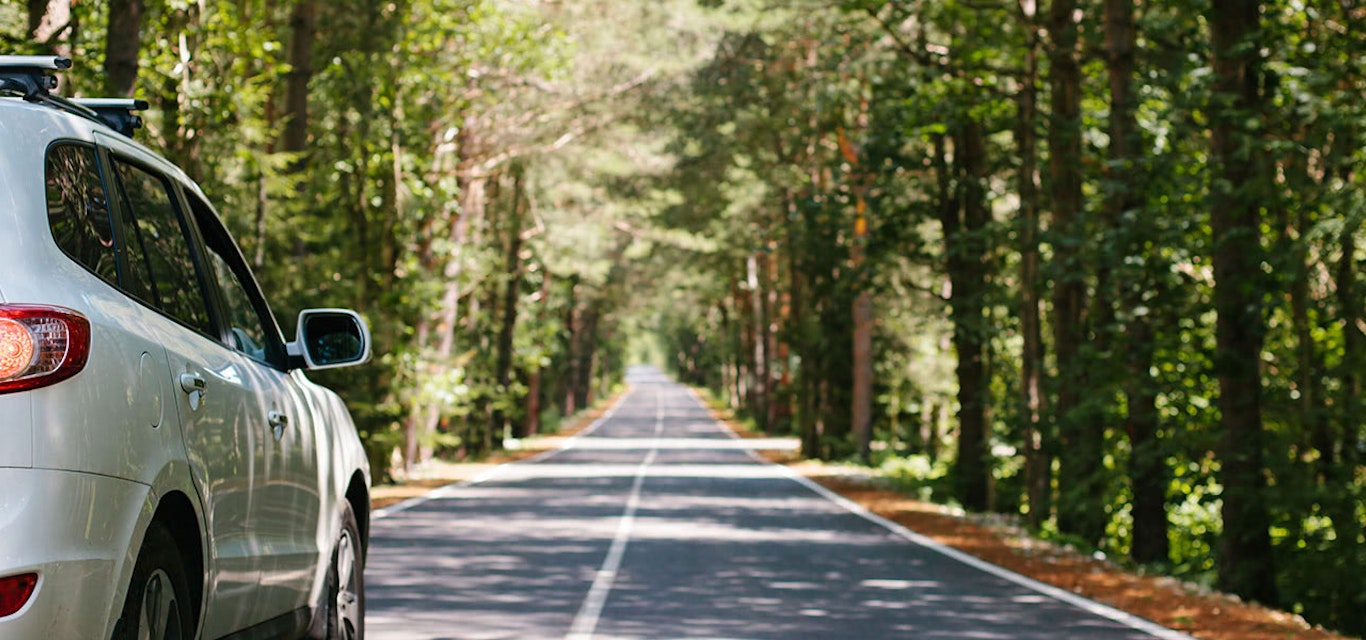Your views Dec/Jan 2022
Our readers share their thoughts on road rules abroad, EV charge stations, merging, and more.
Inbox
Jim Garrigan, New Town
Trial to ease Hobart traffic?
Turning right from Campbell Street into Davey Street [Hobart] traffic is unimpeded as there is not a pedestrian crossing on the southern side of the junction. This could be applied where Elizabeth Street meets Liverpool Street by not having the mountainside pedestrian crossing at peak periods. This could be applied at lots of meetings of any two one-way streets. Is this worth a trial?
Alan Churchill, Glenorchy
Service stations for EVs
Due to the ascendency of electric and hydrogen powered vehicles, privately owned internal combustion-engined cars are already on the decline.
The change will have repercussions on several industries and employers.
The principal function of service stations, that of fuel supply, will cease to exist unless existing stations can exchange low-charged batteries for fully charged ones.
For this to occur every car produced will need to be equipped with identical batteries that can be exchanged robotically in less time than it takes to fill a tank with fuel.
In the early days of mobile phones every manufacturer had their own unique recharge connectors in the belief this would increase sales until realisation came that identical connectors were unanimously accepted by populations everywhere.
Rob Bester, via email
Lessons on safety from Switzerland
Your articles on road safety caught my eye. We need to look at absolute basics, road design and signage. Tasmanian roads are full of poor messages, for example, you are informed repeatedly that might is right. When lanes are reduced it is always the slow lane that disappears. The slow lane should be rethought as ‘the lane’, right lanes to be used when and if available and when not available you carefully merge back into ’the’ lane. One rule I loved from my time living in Switzerland is no passing in the left lane. So you can always change back to the ‘slow’, or as I call it ‘the’ lane without worrying about someone unexpectedly cutting in from behind.
Speed limits need to be clear and predictable. Again from Switzerland, there were three basic limits and you knew which one applied from the road type and surroundings. Most of our country roads should have an 80 limit, not 100. We seem to have a limitless variety of limits. Take responsibility and keep limits safe.
Via Facebook
Have you got any concerns about the Leith Overpass proposal on the Bass Highway?
Gra Har
When I spoke with a consultant at the meeting on Friday morning about the overpass with ramps, I mentioned ‘blind Freddy’ can see that this overpass is designed for B double access. So, when they get over the overpass, where are they going to go? Leith Road to Forth has a 10-tonne limit on it, so the consultant said. If Leith Road needs to be upgraded to heavy vehicle access, as much of that road is landslip prone, who will pay for a road to be built for heavy-vehicle access in a landslip area? Central Coast rate payers, that’s who – and it will cost a fortune.
Brett Chatwin
It's got me totally baffled how some of these accidents occur in places where you have got a clear line of sight both directions. Is it inattention, impatience or plain stupidity of some drivers? It’s irrelevant what you do to the roads/highways because you can’t fix these behaviours. A roundabout is the best solution as I would be livid if my home was acquired due to stupid drivers.
Denelle Young
What's wrong with putting in a roundabout? There’s one in Latrobe and two headed into Burnie. Surely that is a viable option? And a cheaper one at that.
Deidre Campbell
Drivers can't even adhere to the 40km/hr speed reduction that is in place currently due to bridge works. Maybe some speed cameras might deter the speeding drivers to reduce risk in the area.

